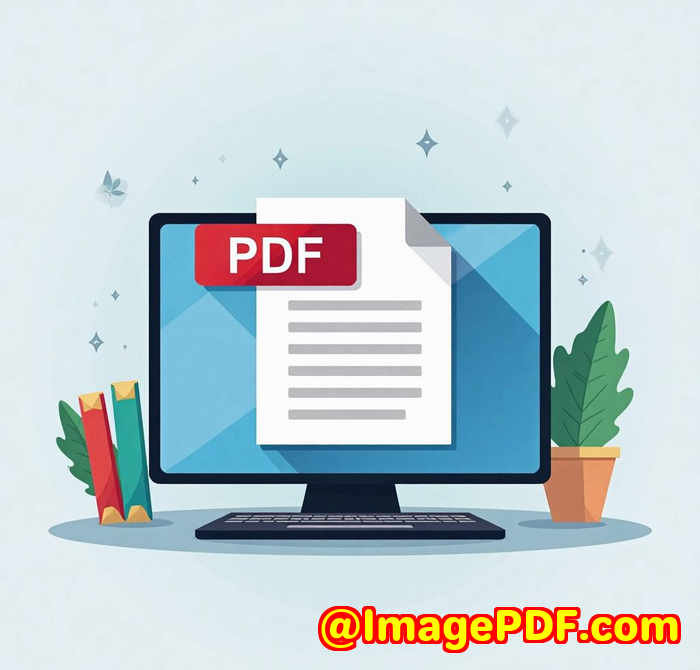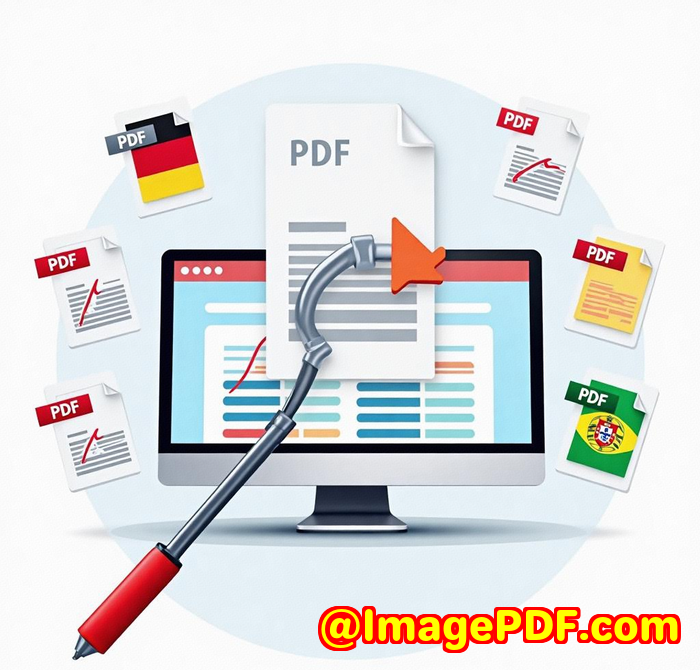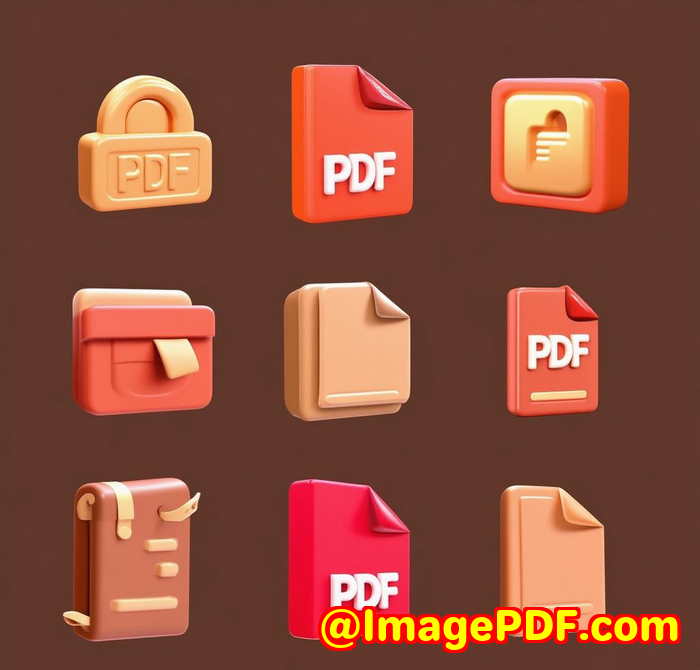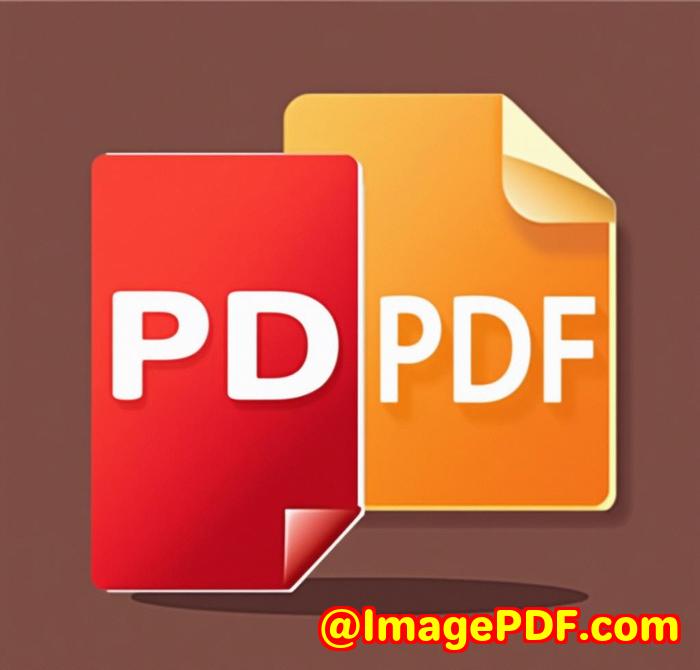Why the Financial Sector Trusts VeryPDF Rasterize API for Secure Document Archiving
Why the Financial Sector Trusts VeryPDF Rasterize API for Secure Document Archiving
Meta Description:
Learn why financial institutions rely on VeryPDF Rasterize PDF API for secure, uneditable document archiving and compliance workflows.
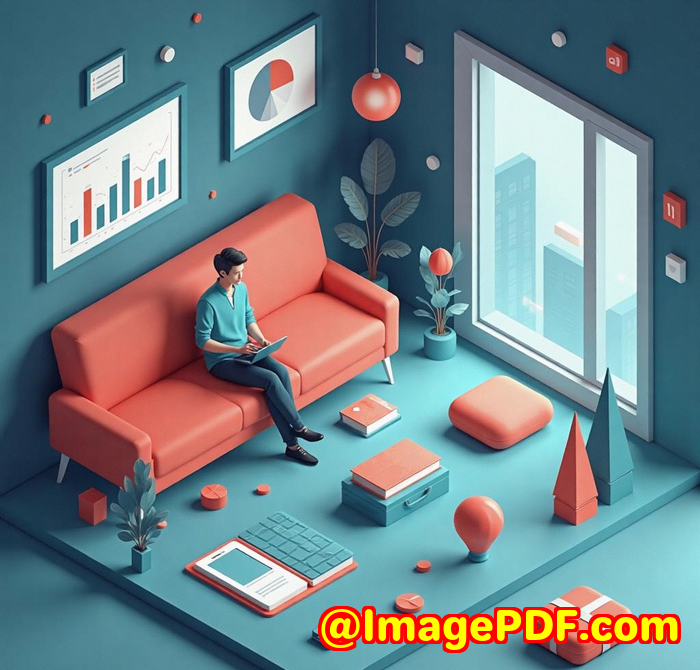
Every compliance audit used to give me headaches.
Dozens of PDFs. Charts. Sensitive financial statements. All editable. All vulnerable. I'd spend hours converting, securing, rechecking, only to find out something still wasn't locked down properly.
If you're in finance, legal, or insurance, you know what I'm talking about.
Regulators don't care about your file typeonly whether it's locked, traceable, and tamper-proof.
That's when I found VeryPDF Rasterize PDF API, buried in their Cloud API suite.
And honestly? Game-changer.
So What's the Big Deal With Rasterizing PDFs Anyway?
Think of vector PDFs like editable Word docs.
They're lightweight, searchablebut dangerously easy to manipulate. Anyone with basic tools can copy text, move elements, or alter data.
Rasterized PDFs? Entirely different animal.
They flatten everything into an image-based PDFone solid, uneditable layer.
Text becomes pixels. Edits become impossible.
Why does this matter?
Because in finance, once a statement is final, you don't want it changing.
How I Found VeryPDF Rasterize PDF API (And Why I Stuck With It)
I stumbled onto it during a scramble to prep quarterly reports for a compliance review. One of our analysts had exported reports from Excel to PDF, but the text was still editableand that's a no-go.
I'd tried a few desktop converters, but the file sizes ballooned, quality dropped, and batch processing? Forget it.
VeryPDF's Rasterize PDF API just... worked.
Here's what hooked me:
-
REST API-Based: No clunky downloads. Just fire off a request with your API key and file.
-
Lightning fast: Our 100-page reports converted in under 20 seconds.
-
Customisable: Control resolution, width, qualitywhatever the use case demands.
Let's Break Down What It Actually Does
Converts any vector-based PDF into a raster (image-based) PDF.
Means no text editing, no layer fiddlingjust secure, read-only files.
Keeps visual fidelity high.
Whether it's charts, tables, or logoseverything looks clean. No blurry mess.
Works via REST API.
Send a simple POST request. Done. No bloatware, no weird UI.
ISO and GDPR Compliant.
Your data's encrypted in transit and at rest. Financial clients? You're covered.
Key Features I Actually Use (And Why They Matter)
1. ImageRes (Image Resolution)
Let's say we've got a PDF with 200 pages of sensitive bank statements. I set ImageRes=200 to keep details sharp without bloating the size. Higher DPI = clearer text.
2. ImageWidth (Max Image Width)
We do a lot of charts. Some wide. To avoid cutoff, I crank this to 1024 and let it auto-scale. Looks clean every time.
3. ImageQuality (Compression)
Need lightweight docs for emailing? Set this to 70. Keeps clarity, trims file size. Perfect for batch archiving.
4. Open Password
Sometimes we rasterize password-protected docs. No problemjust pass the password via parameter. No manual unlocking.
Real-World Example: Quarterly Financial Report Prep
Last quarter, we had to archive 60+ reports.
Previously, that'd take an entire dayrechecking file locks, exporting in different formats, manually verifying.
This time?
-
I queued everything through our Python script using VeryPDF's API.
-
Authenticated via the dashboard.
-
Configured the quality/res settings once.
-
Sat back.
Reports were rasterized, compressed, and secureall in under 30 minutes.
No errors. No edits. Fully compliant.
Compared to the Old Tools? Night and Day
I've tried Adobe Acrobat, SmallPDF, and a few others.
They're fine for one-off conversions. But:
-
No batch API support
-
Inconsistent raster quality
-
No real automation
VeryPDF's Rasterize API didn't just replace thoseit removed them from my workflow entirely.
Who Should Be Using This?
If you're in:
-
Banking
-
Insurance
-
Accounting
-
Legal compliance
-
Data archiving
...and you regularly deal with sensitive PDFsyou need to rasterize.
Editable files = risk. Rasterized files = safety.
It's that simple.
Why It's Built for Developers (Even If You're Not One)
Even if you're not a full-stack engineer, the API is dead simple:
-
Sign up, get your API key.
-
Send a POST request with your file and parameters.
-
Receive your rasterized PDF.
There's full documentation, examples, and pre-built code snippets.
You can even automate it with Zapier or shell scripts.
The Real Win? Peace of Mind
The first time I pushed 300+ client files through the API without a single hiccup, I knew I was sticking with it.
No re-checking.
No formatting fails.
Just secure, compliant PDFs, ready to be archived.
Final Thoughts
VeryPDF Rasterize PDF API solves a real problem.
It locks your files down, saves time, and lets you focus on the work, not the busywork.
If you're managing sensitive documents, stop worrying about editability.
I'd highly recommend this to anyone in financial or compliance-heavy industries.
Ready to secure your documents?
Start your free trial now and boost your productivity:
https://www.verypdf.com/online/cloud-api/
Custom PDF Development by VeryPDF
Need something beyond rasterization?
VeryPDF offers custom development services across a wide stack. Whether you're building PDF tools on Linux, macOS, or Windowsor need deep integration on mobile or server appsthey've got the chops.
Their dev team supports:
-
Python, C++, .NET, JavaScript, PHP, and more.
-
Virtual Printer Drivers for PDF, EMF, and image output.
-
Hooks and APIs to intercept and save print jobs.
-
PDF security, font embedding, barcode tools, OCRyou name it.
They also work with complex document formats like PCL, EPS, PostScript, TIFF, and Office files. Need OCR with table recognition for TIFF scans? Covered.
Looking for advanced document processing, digital signatures, or DRM protection?
VeryPDF can build it for you.
Talk to them here: http://support.verypdf.com/
FAQs
Q: Can I batch rasterize multiple PDFs with the API?
A: Absolutely. Loop through your file list and send individual POST requests. Simple automation.
Q: Does rasterizing a PDF make it unsearchable?
A: Yes, unless you overlay OCR. Rasterizing flattens the file to an image formatgreat for security, not search.
Q: Will the output PDFs work on mobile devices?
A: Totally. The rasterized PDFs are standard-compliant and open on all modern PDF viewers.
Q: What if my PDFs are password protected?
A: Just include the password in your request using the OpenPassword parameter.
Q: Is this API secure enough for financial institutions?
A: Yep. It's ISO 27001, HIPAA, SOC 2, and GDPR compliantwith encrypted data processing.
Tags/Keywords
-
secure document archiving PDF
-
rasterize PDF API
-
uneditable financial PDF
-
image-based PDF conversion
-
automate PDF processing
